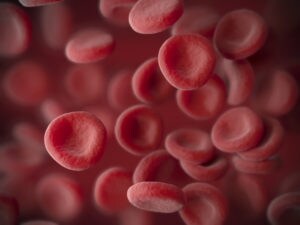 It’s been well established that culturing cells in three-dimensions is much more representative of the in vivo environment than traditional two-dimensional cultures. The multicellular arrangement allows cells to interact with each other and the extracellular matrix (ECM), providing a much better understanding of cellular complexities, particular in cancer and stem cell research – an area where spheroids or sphere cultures have huge potential.
It’s been well established that culturing cells in three-dimensions is much more representative of the in vivo environment than traditional two-dimensional cultures. The multicellular arrangement allows cells to interact with each other and the extracellular matrix (ECM), providing a much better understanding of cellular complexities, particular in cancer and stem cell research – an area where spheroids or sphere cultures have huge potential.
The Rise of Spheroids
Spheroids have been used in culture since the 1950s, but they only received their name about 20 years later, in an experiment where Chinese hamster V79 lung cells were seen to form near-perfect sphere-shaped aggregates. Not long after, researchers began to notice the accuracy with which spheroids were able to mimic natural cell responses and interactions. In an attempt to develop 3D culture techniques for more accurate in vivo models, a team led by Mina Bissell at Lawrence Berkeley National Laboratory published a paper in the 1980s highlighting the importance of the ECM, its effects on gene expression and the subsequent effects on neighboring cells, along with the crucial role of the microenvironment. This study led to the rise of 3D cell culture over monolayer culture techniques, and spheroids became a very popular tool for a range of applications, from studying complex malignant tissues to therapeutics research.
A Spherical Future
Advanced techniques now allow researchers to study entire spheroids, subpopulations, and even individual cells within a colony. In order to do this, spheroids first need to be generated, and this is where careful attention needs to be paid to achieving an optimal culture environment. In addition to the ECM, there are a number of other factors to control, including temperature, pH and carbon dioxide, all of which can determine the viability and reproducibility of spheroid generation. Past studies have identified ideal hypoxic conditions, and the range of specialized culture equipment and synthetic coatings now available has made spheroid research increasingly accessible and versatile.
While past studies have laid down the foundations of spheroid research, the future of the field is likely to span across multiple clinical and research application areas. In particular, the ability of spheroids to replicate tumors allows researchers to develop more robust drug discovery programs, potentially changing our understanding of cancer treatments.
Learn more about the use of spheroids and 3D cell culture in our Cell Culture Cafe Webinar: Harnessing new dimensions in your research: Growing 3D cultures consistently and repeatedly.
Leave a Reply